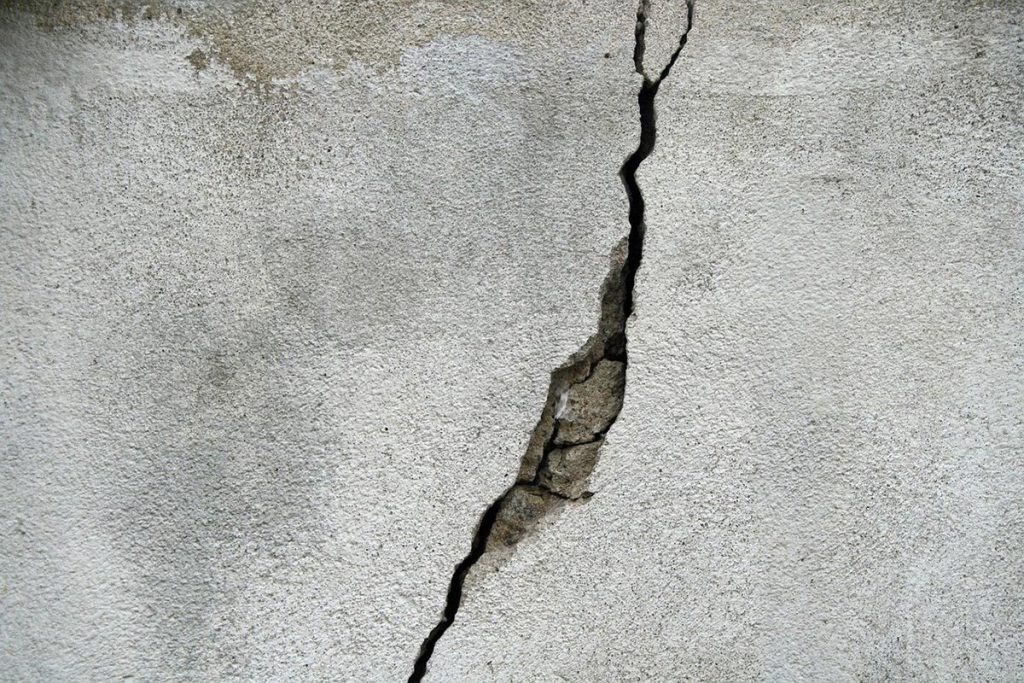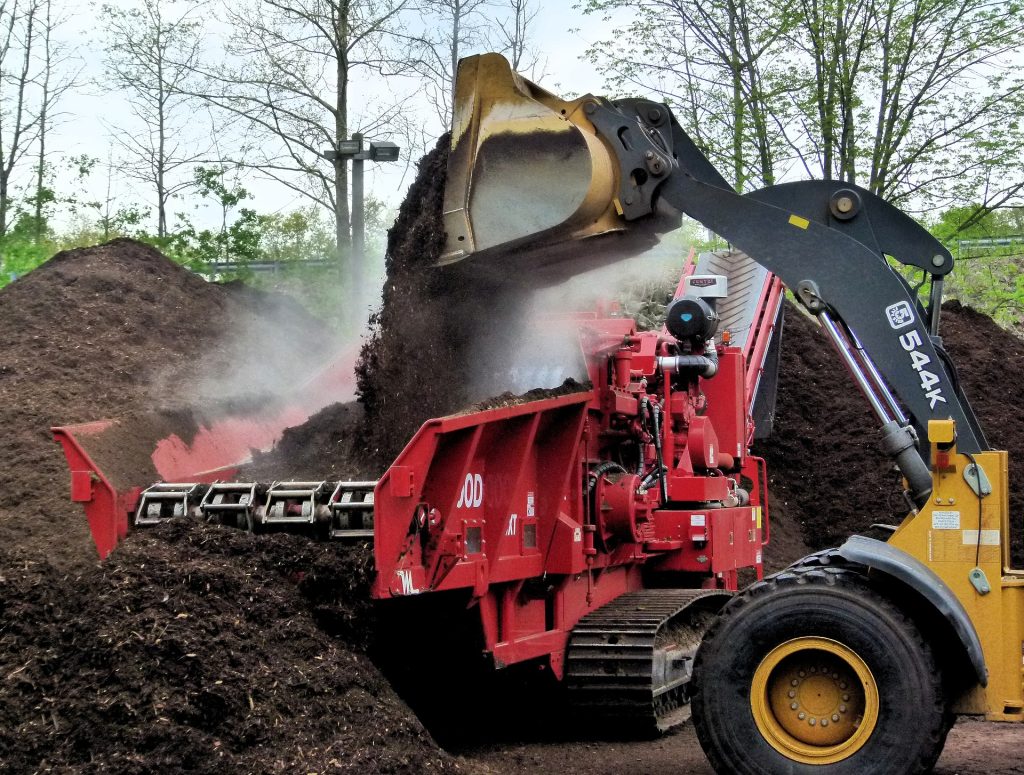In architecture, the foundation designates the work carried out to lay the foundations of a construction or a building. Subject to various environmental pressures, it can develop cracks over the years. Although this is a fairly normal phenomenon, it is important to prevent any complications that could arise from it. In particular, this involves identifying any cracks early on and undertaking repair work. This guide explains the different solutions available to you to repair a foundation crack.
Summary
What are the methods of repairing a foundation crack?
Generally, two main methods are used to repair foundation cracks: from inside or outside.
Repair of foundation cracks from the inside
This method consists of injecting a sealing material at very high pressure into each crack. However, it is only possible for foundation cracks which only create very little water infiltration.
Foundation crack repair from the outside
If the infiltrations are regular or important, it is necessary to carry out a repair from the outside. The latter allows double protection by covering the crack with a waterproof and flexible membrane.
It should be noted that many building professionals recommend this form of repair, even for small cracks. In fact, the installed membrane prevents the concrete from absorbing water and being damaged by frost. Likewise, if the foundation is still functional, only this membrane will be able to follow the dynamics while remaining waterproof.
Read also: How to protect your home from the main disasters?
How to repair a foundation crack by injection?
To seal foundation cracks from the inside, we inject a liquid based on one of the following three materials: epoxy, urethane or concrete.
High pressure polyurethane injection
Polyurethane is a urethane polymer that is characterized by:
- Its good tear resistance;
- Its exceptional durability;
- A movement capacity of approximately 25%.
Thanks to its flexibility, polyurethane promotes the natural movement of concrete. Its use is therefore particularly recommended, since most foundation cracks are not structural. In addition, it is hydrophilic; which means it can react with water.
Its structure then forms a waterproof composition which seals the crack in order to counter water infiltration. Furthermore, polyurethane has the advantage of being able to be injected under a pressure which varies between 100 and 3000 lbs / in. This is a high pressure which allows it to better penetrate micro cracks.
To achieve high pressure injection with polyurethane, a hydraulic pump is generally used. Mechanical metal injection ports are installed at an angle of 45 degrees from the crack to promote entry of the product.
It should be noted, however, that if the injection pressure is too high, the operation may generate new cracks. Some expertise is therefore required.
Low pressure epoxy injection to repair a foundation crack
Commonly known as epoxy, polyepoxides are resins made by a process of polymerization of epoxy monomers. More simply, the epoxy acts as an adhesive capable of sealing cracks of up to 9 mm. This product has a bond to concrete and strength which prevents further elongation of cracks.
However, it is necessary to eliminate the underlying cause of the crack in order to avoid the appearance of a new crack. In addition, for buildings still in motion, the rigidity of the epoxy can also lead to the development of new cracks.
Epoxy injection is done from the inside at a maximum of 300 psi (i.e. at low pressure). The operation can be performed using any of the following equipment:
- A dual cartridge pistol;
- A caulking gun;
- A hand-held sprayer.
The operation therefore does not require the use of heavy machinery which could damage the building. To promote good product penetration, the installation of plastic surface injection ports on the crack is necessary.
Low pressure concrete injection
Low pressure concrete injection is the easiest way to patch cracks on a foundation. Indeed, it does not require drilling and the injection ports are simply glued above the crack. In addition, it is not necessary to use high pressure equipment. Low pressure concrete injection fills the entire depth of the crack to prevent water entry.
Waterproofing for more effective foundation crack repair
Before the appearance of polyurethane and epoxy, cracks were sealed only from the outside thanks to the waterproofing process. The latter consists of open the cracks « U » or « V » shape and fill them with flexible bituminous caulk. A waterproof membrane is then installed on the previously cleaned foundation wall to prevent potential water infiltration.
In short, to repair a crack in a foundation, it is possible to inject epoxy, concrete and polyurethane from the inside. In addition, for more efficiency you can opt for the classic method of waterproofing from the outside. However, before undertaking any repairs, we strongly recommend that you take the opinion of a waterproofing professional. The latter can advise you effectively on the best technique to use.
Read also: Regulating humidity in a house: tips and solutions





